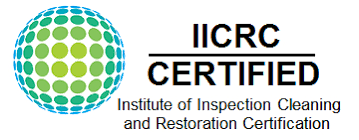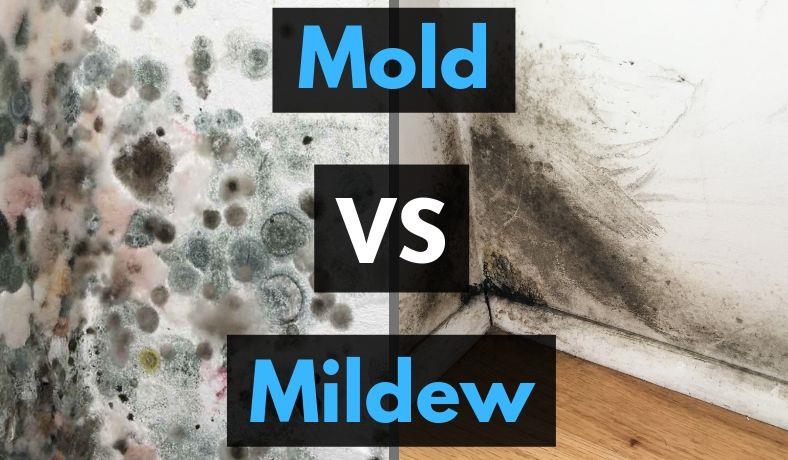Both mildew and mould seem similar in appearance to some extent. Both belong to the fungi family and thrive in areas that are warm and damp. However, there are differences between mildew and mould in colour, place of growth, their effects on the surroundings and ways of removal.
Appearance
On close observation, you can easily differentiate between mould and mildew. Although both are fungus, the moulds are black or green and usually grow under the surface of any wet substance. The texture of moulds is either slimy or fuzzy.
On the contrary, the mildew is typically white, yellow or grey in hue and grows on the wet surface in warm areas. Mildew can be identified by its unique powdery or fluffy texture.
Place of Growth
Both mildew and moulds being fungus grow well in warm and humid conditions, but each has their preference for growth. Mildew has a particular choice for growth on damp surfaces and household items that have fabric, paper and leather on the surface. Mildew can also grow on floors, walls, or ceiling of places with humidity as the kitchen, bathroom, or basements.
Moulds can grow on bread, cheese, butter, or even on meat. Any outdoor or indoor place that is wet can instigate the growth of moulds, such as shades, garage, crawl space, or boats.
Effects
Mildew usually affects plants and crops and can be hazardous to health when it grows indoors. When inhaled, mildew can cause headaches, coughs, sore throat and even respiratory problems. Although mildews can harm the plants or crops on which it grows, the surfaces as floors or walls remain undamaged.
Moulds can cause considerable damage to the surface if left unattended for long. The effects of moulds on human health are more adverse. Depending on the strain of moulds, health hazards can be many. Common effects of moulds include allergic reactions ranging from skin irritations, nasal congestion and irritation of the eyes and throat. Pneumonia, attacks of asthma are common consequences of moulds. In severe cases, you might experience a heart attack, inflammation and pain in the joints, depression, extreme fatigue, and dizziness. The younger kids might suffer the most from the mycotoxins produced by black moulds.
Removal
Although mildew can be removed with a commercial mildew cleaner and a good scrubbing brush, you need the assistance of a commercial mould removal company to get rid of moulds. While cleaning mildew, wear a mask to prevent inhaling of mildew spores and a rubber glove to avoid the irritation caused by the mildew.
Moulds are attached to the affected surface or material with nanoscopic strings that penetrate beneath the surface. The spores of the mould can be spread by disposal through the air and can cause permanent damage to your property.
Despite their musty smell, the moulds are visible only when they start to colonize and hence early detection and removal is difficult. You can get various mould removal company Toronto, and Emergency 101 can provide the best mould cleanup.
Emergency 101 is IICR certified, and we have trained cleaners equipped with PPE (Personal Protective Equipment) for our cleaners. You can book an appointment by calling our helpline.



